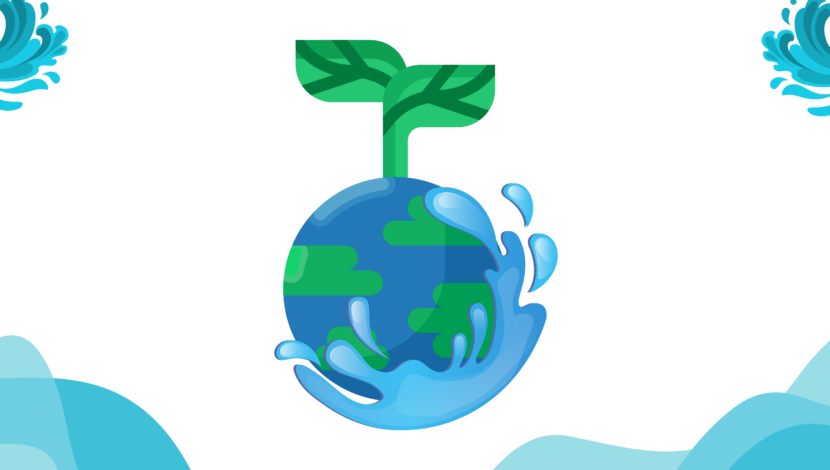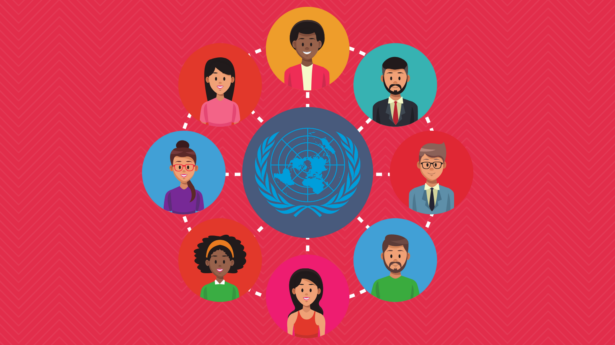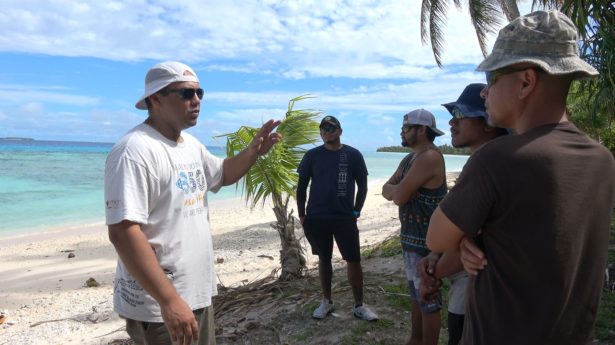The Unitarian Universalist Service Committee advances human rights through grassroots collaborations.
World Tsunami Awareness Day

By UUSC Staff on November 4, 2022
In 2015, the United Nations designated November 5 as World Tsunami Awareness Day. This year, the focus is on substantially increasing the availability and access to multi-hazard early warning systems.
Half of the world’s population will live along coastlines by the end of this decade. Without early warning systems, those communities would be completely exposed to dangerously powerful tsunamis.
World Tsunami Awareness Day is also an opportunity to recognize UUSC partner organizations doing the difficult work to prevent catastrophic loss and to help their communities recover in the wake of tsunamis and other disasters.
The Sendai Seven Framework
The Sendai Framework for Disaster Risk Reduction was adopted by the United Nations in 2015, the same year that the UN designated November 5 as World Tsunami Day and launched the Sendai Seven Campaign—a seven-year campaign to reduce risk and loss of life and livelihood in the face of disaster.
The framework identifies seven goals to reach by 2030:
- Substantially reduce global disaster mortality
- Substantially reduce the number of affected people globally
- Reduce direct disaster economic loss in relation to global gross domestic product (GDP)
- Substantially reduce disaster damage to critical infrastructure and disruption of basic services, among them health and educational facilities, including through developing their resilience
- Substantially increase the number of countries with national and local disaster risk reduction strategies
- Substantially enhance international cooperation between and among developing countries through adequate and sustainable support to complement their national actions for implementation of this Framework
- Substantially increase the availability of and access to multi-hazard early warning systems and disaster risk information and assessments.
A Wall of Water
Tsunami waves are like walls of water. A tsunami is a clear example of rapid-onset climate change.
Earthquakes, landslides, and volcanic eruptions create the energy that create the tsunami waves. The water travels 500 miles per hour (twice as fast as a Formula 1 car) and doesn’t rise up until it reaches closer to shore. Before it rises, water along the coastline gets sucked towards the sea because of the vacuum created by the oncoming surge. Within minutes, a wave ascends into the sky, towering as high as 100 feet tall (like three buses stacked end-to-end).
Wave after wave barrel into the coastline. The water extends as far as a mile inland, crushing most things in its path and dragging debris along the way.
Climate change increases the threat of tsunamis. A small rise in sea level can magnify a tsunami’s impact. A study about the effects of sea-level rise on the city of Macau, China, suggests that just an 18-inch rise would double the impact of a tsunami. More water means the flooding reaches further inland, and the waves come at a higher frequency.
Sea level rise is just one of the results of human-caused climate change that could make tsunamis more dangerous to our coastal communities.
A Tsunami’s Impact
Tsunamis can be particularly destructive and costly to the natural environment, human-made infrastructure, and human life.
The surge and recession of a tsunami can change physical landscapes, uproot trees and other fauna, drown animals and insects, and eliminate animal habitats. The weight of the water alone can strip buildings down to their foundations and flatten housing. Clean water systems get flooded and contaminated, electrical systems get swept away, and equipment sometimes ends up a mile away once the water goes back to the harbor.
In 2018, the United Nations Office for Disaster Risk Reduction released a statement that the estimated financial costs of tsunamis from 1998 to 2018 was $280 billion.
More importantly is the cost to human life.
More than 250,000 people have died from tsunamis since 1998, 227,000 of whom perished during the Boxing Day Tsunami in the Indian Ocean in 2004. Most tsunamis don’t kill that many people. However, over the last 100 years, 58 tsunamis have claimed at least 260,000 people each.
Extreme events like these also degrade the community’s mental health. For instance, more than four years after the Boxing Day Tsunami, a sampling of survivors reported higher levels of anxiety, depression, post-traumatic stress disorder, and suicide attempts.
Partners in the Pacific
Four out of five tsunamis occur in the Pacific Ocean and the seas around it, often originating along a horseshoe-shaped region known as the Ring of Fire.
Organizations throughout small islands in the Pacific are working to adapt to the climate change caused almost entirely by larger industrialized nations.
For example, UUSC partners the Loss and Damage Collaboration and the Loss and Damage Youth Coalition have both been vocal in their demands for a framework to reimburse nations across the world for the loss and destruction of land, property, and infrastructure.
UUSC partner Pacific Islands Students Fighting Climate Change (PISFCC) is leading a campaign to seek an Advisory Opinion from the International Court of Justice (ICJ)—a UN body charged with interpreting and enforcing international law. They are asking the court to advise governments around the world on their obligations under international law to protect the rights of current and future generations from the adverse effects of climate change.
Learn more and take action:
Image credit: UUSC

